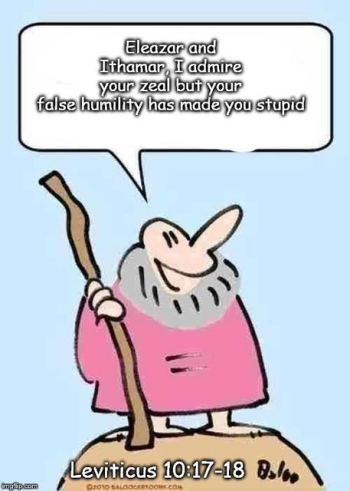When the United States was founded, it inherited the anti-Catholic animus of its original Protestant settlers, many of whom were Anglican until the American Revolution, when they were renamed “Episcopalians” since they severed ties with England and thus with the king of England as the head of their church.
Anti-Catholic sentiments in America reached a peak in the nineteenth century when the Protestant population became alarmed by the number of Catholics immigrating to America. This was due in part to the standard tensions that arise between native citizens and foreign immigrants, and the resulting “nativist” movement, which achieved prominence in the 1840s, was whipped into a frenzy of anti-Catholicism that led to mob violence, the burning of Catholic property, and the killing of Catholics. There were Catholics who were martyred in America by the Protestant community. The nativist movement found expression in a national political movement called the Know-Nothing Party of the 1850s, which (unsuccessfully) ran former president Millard Fillmore as its presidential candidate in 1856.
Eventually tensions eased, and the Protestant population discovered that Catholics were not trying to seize control of the American government. Still, there were fears even into the twentieth century that there was undue “Catholic influence” on the government, and presidents who met with the pope were criticized. Tensions did not subside enough to allow a Catholic to be elected president until 1960, and even now Catholics who run for president find their religious beliefs subjected to extra scrutiny in the press.
By this point, a new form of anti-Catholicism had emerged. For the first time, part of the non-Christian world became aware of and hostile toward Catholics as a distinct group of Christians. As the cultural and political fabric of Europe and America disintegrated, large numbers of people began to leave both Catholicism and Protestantism, at first still saying they believed in God or were still Christians in some sense. Later, more began to profess agnosticism or atheism or to experiment with other religions such as Hinduism, Buddhism, and the various New Age sects that Americanized Eastern ideas. This group either had, disgruntled, left the Catholic Church or had come from the already anti-Catholic Protestant community. As a result, they tended to hold anti-Catholic attitudes.
Because the recent cultural and political disintegration in large part stemmed from the actions of those in upper political, economic, and especially academic and media circles, many people in those fields are especially hostile to Catholicism.
Consequently, things concerning Catholics are said in classrooms, books, broadcasts, speeches, and movies that would never be tolerated if said about other religious or social groups.
It has been suggested that anti-Catholicism is the last socially respectable prejudice in America. Toleration has been extended to other groups, and they cannot be subjected to verbal abuse in public. This is not quite true (conservative Protestants and Moslems come in for similar attacks, often under the labeled of being “Fundamentalist”). However, it does illustrate the irony of those who profess to be the most open of different viewpoints being so closed to the Catholic one.
Because of the strength of secularism in Western society, secular anti-Catholicism is now a more serious worry in the long term than Protestant anti-Catholicism. Fortunately, Catholic advocacy groups such as the Catholic League for Religious and Civil Rights have begun to provide a Catholic counterpart to the organizations such as the National Association for the Advancement of Colored People and the Jewish Anti-Defamation League that advocate the rights of other groups.
In Protestant circles, there has been a general decline in anti-Catholicism over the past hundred years. Liberal Protestants have gone a long way to ending old hostilities, though they are still nervous about the firmness with which the Catholic Church teaches historic Christian doctrines. In conservative Protestant communities, there has also been a lessening of anti-Catholicism.
However, in the 1990s there was a significant anti-Catholic resurgence among some Protestants. This chiefly was due to two things:
(1) the number of ecumenical gestures Protestants, including many conservatives, made toward Catholics and
(2) a renaissance in Catholic apologetics that began to win large numbers of devout, conservative Protestant converts to Catholicism.
These two factors alarmed the anti-Catholic elements in conservative Protestantism, and a large number of new anti-Catholic books, tracts, tapes, and videos began to appear. Among the most significant of the current wave of anti-Catholic Protestants are Jack T. Chick, Dave Hunt, John MacArthur, John Ankerberg, and James McCarthy.
As the forgoing has indicated, anti-Catholicism is not static but changes over time. Even the arguments that are used against Catholics change over time. A hundred years ago, many Protestants charged that Catholics were unpatriotic because they resisted placing their children in American public schools. With the secularization of the American schoolroom, this argument has disappeared. With increasing secularism but also increasing ecumenism, it remains to be seen what shape anti-Catholicism will take in the future.
It may happen that we will return to a situation like that of the first century, where Christians are persecuted indiscriminately of their denomination by a hostile, anti-Christian world.
further reading:
One of the most tenacious problems a Catholic apologist encounters is anti-Catholicism. In order to effectively counter it, we need to have some appreciation of...

www.catholic.com





